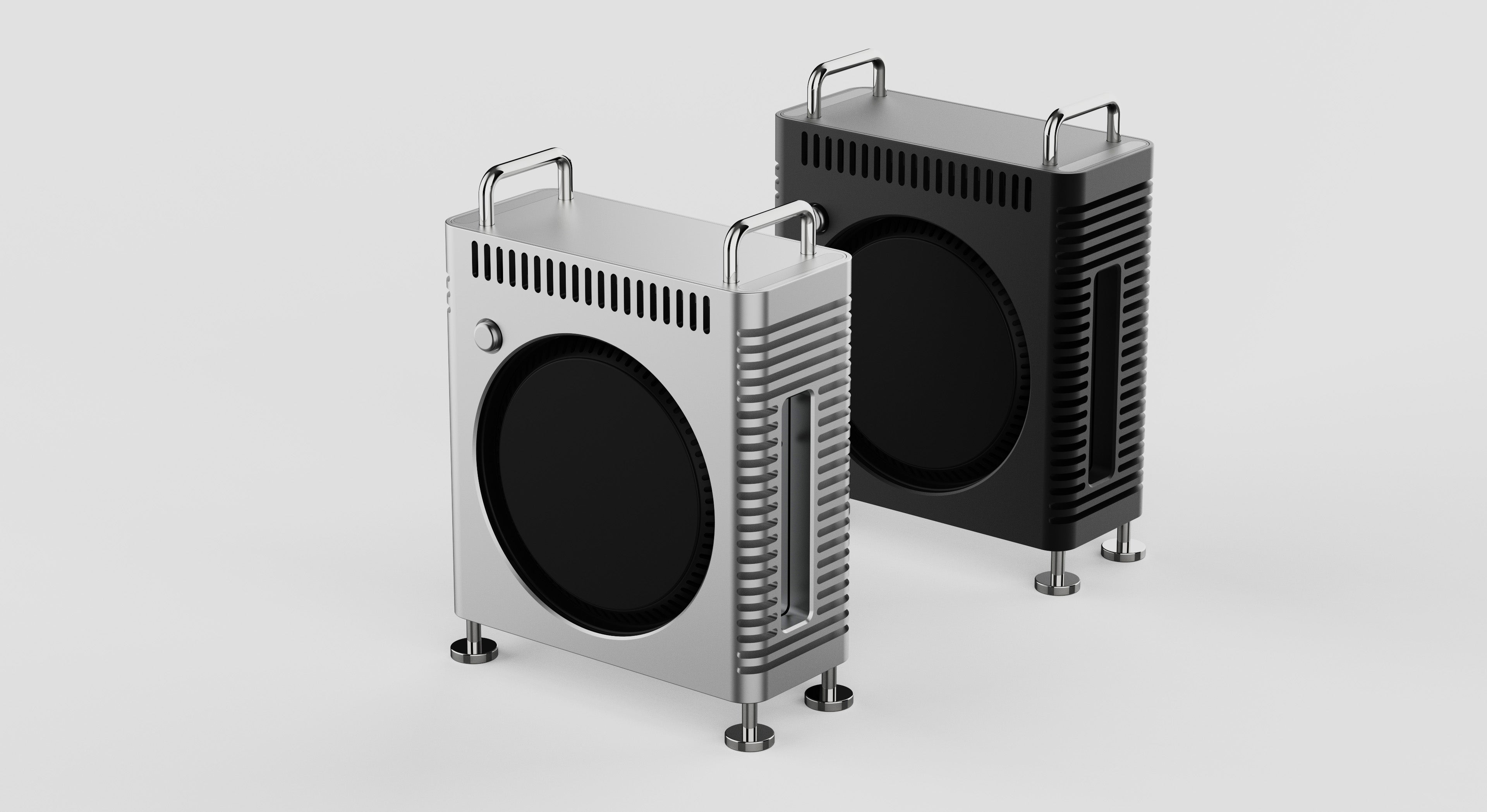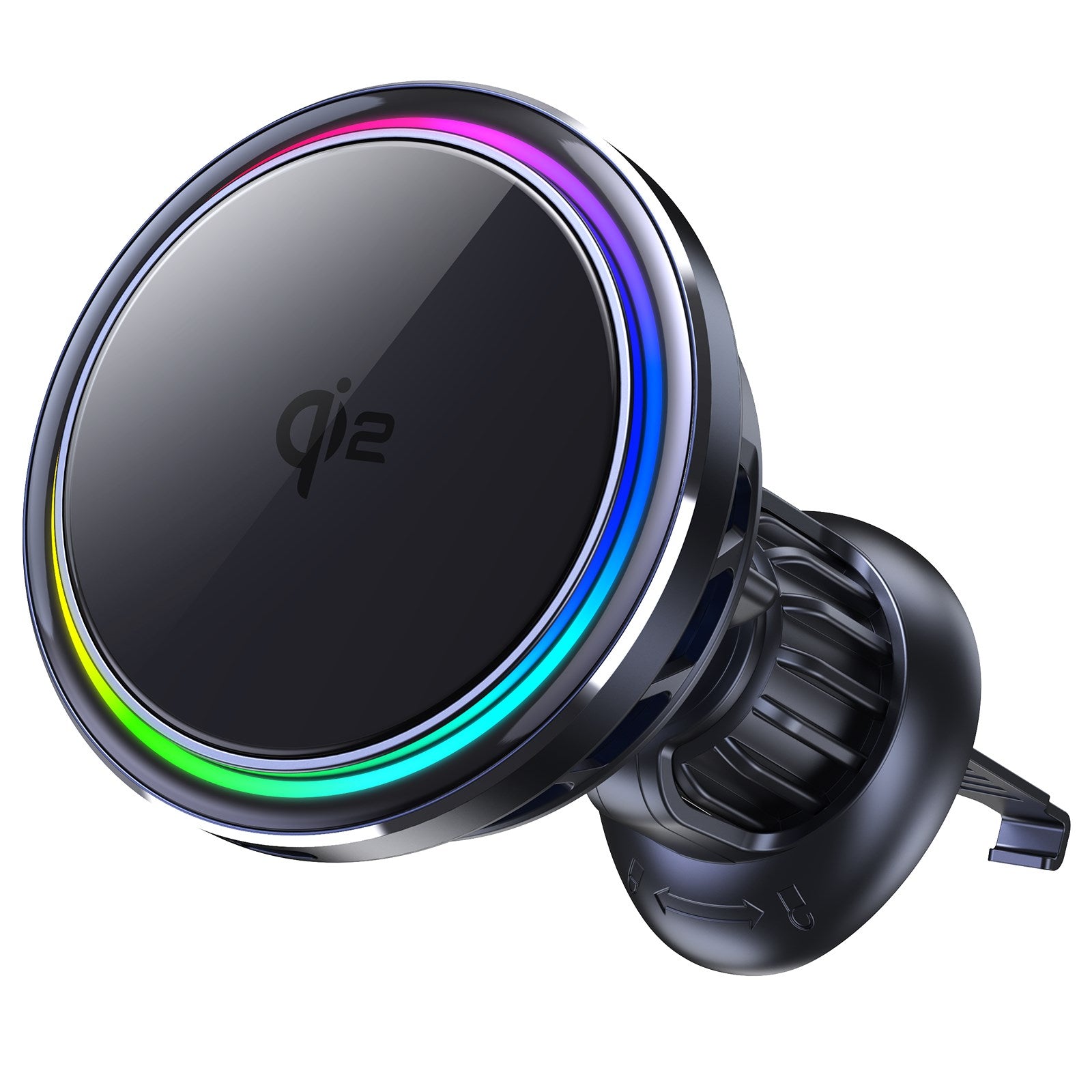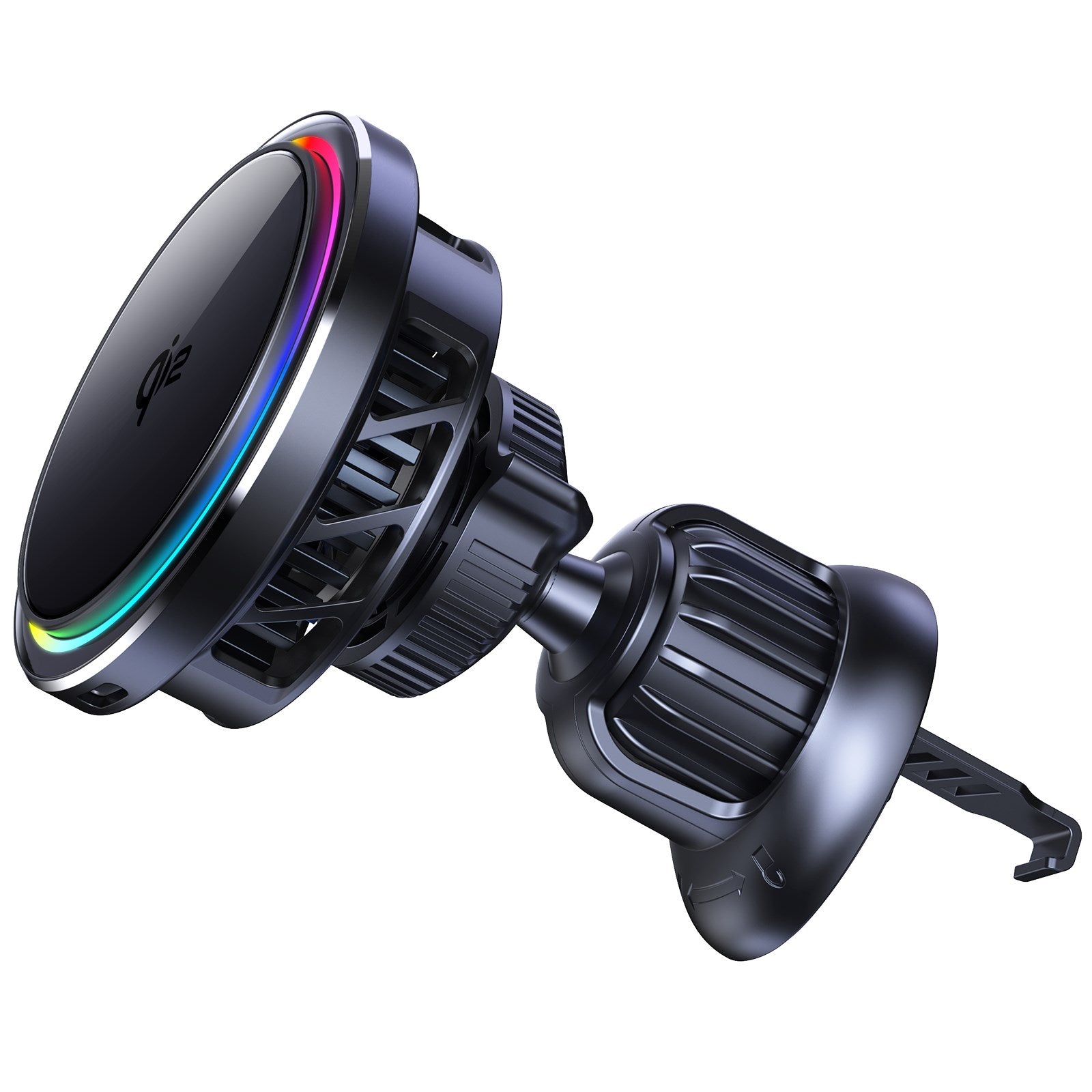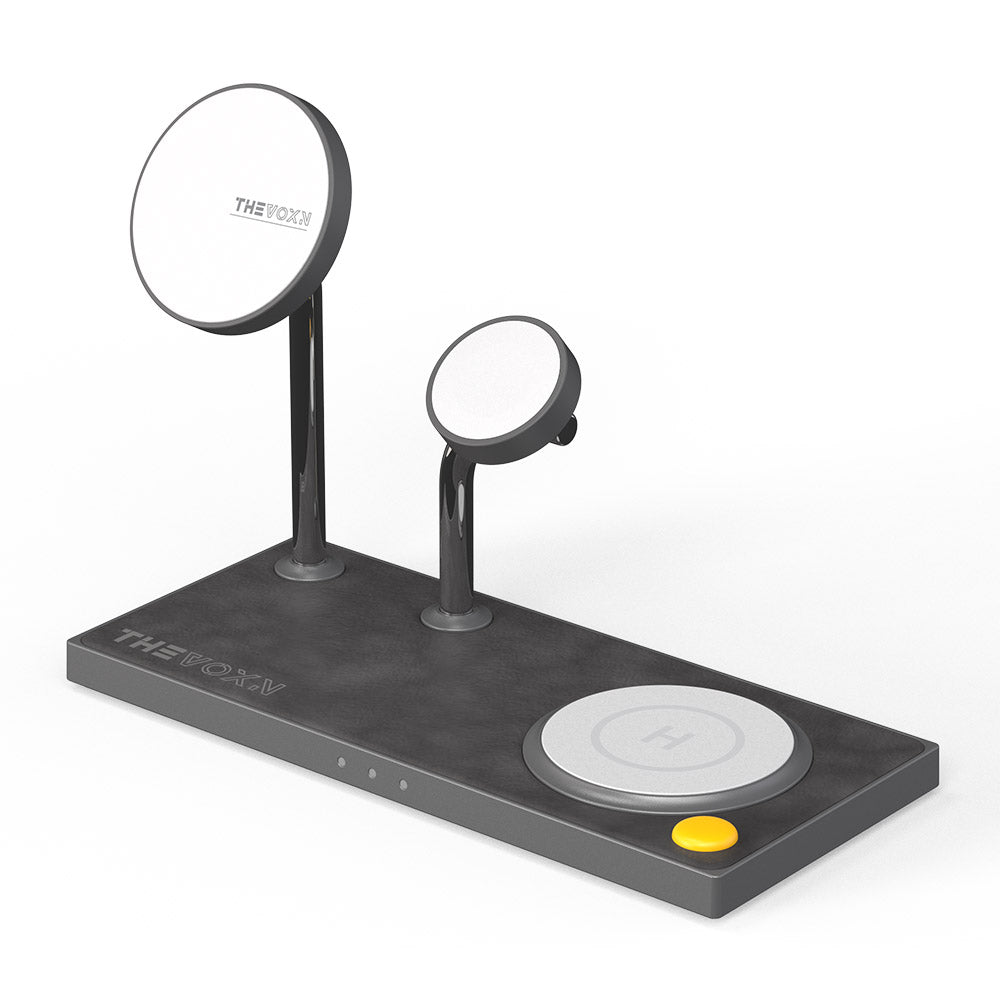Released in 2024, the Mac mini M4 and its Pro variant have quickly become standout choices for those seeking a powerful, compact computing solution. The standard M4 model caters to casual users and professionals with everyday productivity needs, offering an excellent balance of performance and affordability. On the other hand, the M4 Pro is tailored for power users, delivering enhanced GPU capabilities and additional memory bandwidth, making it ideal for creative professionals, developers, and anyone handling resource-intensive tasks.
Despite their impressive specifications, some users have reported issues when connecting external displays via USB-C, including signal dropouts or problems with the monitor's USB hub functionality. This guide dives deep into the causes of these problems, providing comprehensive solutions while ensuring a smooth user experience. Let’s resolve these issues step-by-step!
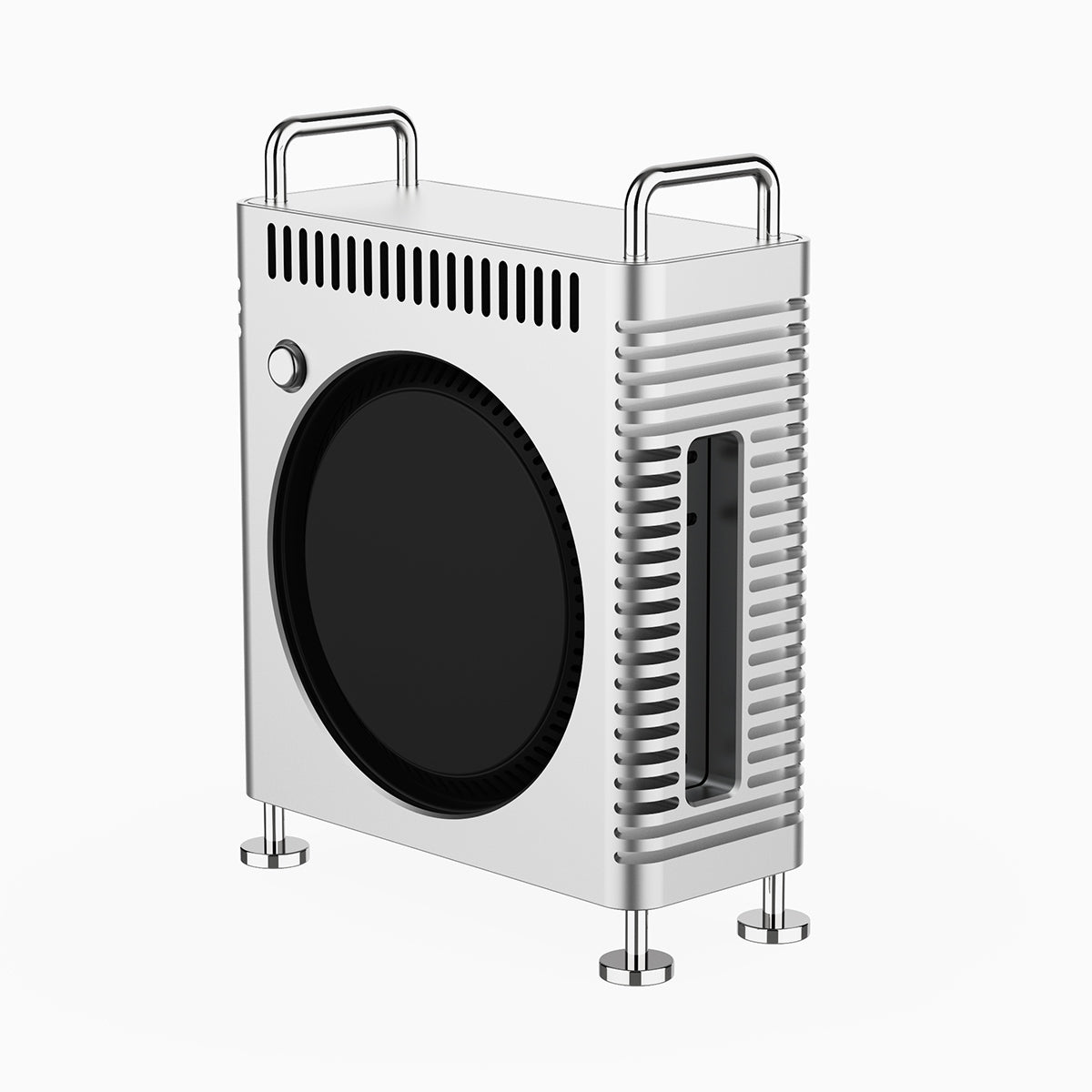
ZEERA MacForge Gen2 CNC Aluminum Case for 2024 Mac Mini M4
Protect your Mac Mini M4 with this CNC aluminum case designed for improved cooling and a professional, sleek aesthetic.
Shop NowIntroduction: Why Does This Happen?
External display issues with the Mac mini M4 are not uncommon, especially when using USB-C connections. Problems can stem from:
-
Cable Quality or Compatibility: Not all USB-C cables are created equal, and some may not handle high bandwidth effectively.
-
Firmware or Software Bugs: Outdated macOS versions or monitor firmware can create compatibility issues.
-
Power Delivery Conflicts: Monitors with integrated USB hubs rely on stable power delivery, which can be interrupted by the Mac mini.
-
Hardware Interference: Overloaded ports or incompatible peripherals might disrupt the connection.
Understanding the root cause is essential for effective troubleshooting.
Step 1: Check Hardware and Connections
The first step is identifying potential hardware-related issues:
Inspect the Cable
-
Use Certified Cables: Look for USB-C cables labeled for 4K/8K video and high-speed data transfer. Brands like Anker and Belkin are reliable.
-
Test Another Cable: A simple swap can often reveal if the cable is the problem.
Examine the Ports
-
Check the USB-C ports on both the Mac mini and the monitor for debris or damage.
-
Use a different port on your Mac mini to rule out port-specific issues.
Verify Monitor Compatibility
Ensure your external monitor supports USB-C with DisplayPort Alt Mode or Thunderbolt. Check the monitor’s specifications or user manual.
Step 2: Adjust macOS Settings
Software configurations can significantly impact display performance.
Update macOS
Apple frequently releases updates to fix bugs and improve compatibility:
-
Go to System Settings > General > Software Update.
-
Install any available updates and restart your Mac.
Adjust Display Settings
-
Navigate to System Settings > Displays.
-
Select the external display and ensure the resolution and refresh rate match the monitor's specifications.
-
Disable “True Tone” and test if this stabilizes the connection.
Step 3: Reset System Settings
Resetting key system configurations can resolve many hardware and connectivity glitches.
Reset NVRAM/PRAM
Non-volatile RAM stores critical settings. Reset it as follows:
-
Shut down your Mac.
-
Turn it on and immediately hold Option + Command + P + R for 20 seconds.
Reset the SMC (System Management Controller)
-
Shut down your Mac.
-
Disconnect the power cable.
-
Wait 15 seconds, reconnect the power cable, and restart your Mac.
Step 4: Enhance Your Setup
Improving your hardware setup can prevent future issues and boost performance.
Invest in High-Quality Accessories
-
Powered USB-C Hubs/Docks: These ensure stable power delivery and seamless data transfer.
-
Certified USB-C Monitors: Consider monitors that are macOS-optimized, such as LG UltraFine displays.
Prevention: Keeping USB-C Connections Stable
Avoid future connectivity problems with these tips:
-
Use Quality Accessories: Avoid generic or uncertified cables and hubs.
-
Monitor Updates: Regularly update both your macOS and monitor firmware.
-
Avoid Overloading Ports: Minimize the number of connected peripherals to ensure stable power and data transmission.
Conclusion: Troubleshoot with Confidence
Mac mini M4 USB-C display issues can be frustrating, but with the right approach, they’re easily resolved. By following the CARE framework, you can systematically identify and fix the root cause of signal dropouts and hub malfunctions.
For an even better experience, enhance your Mac mini with the Zeera MacForge Gen2 CNC Aluminum Case, combining protection, functionality, and style.




